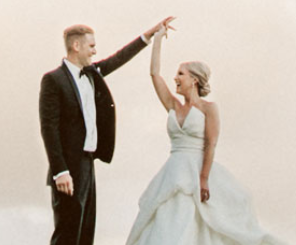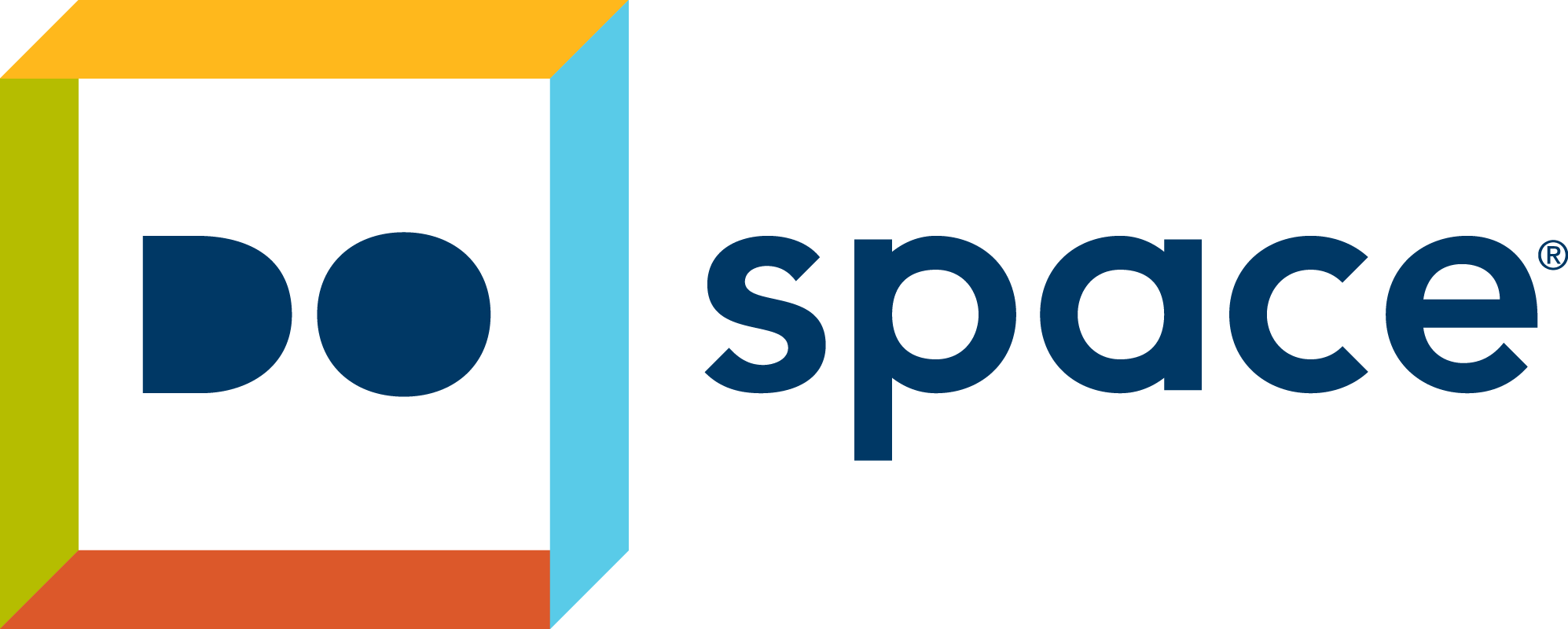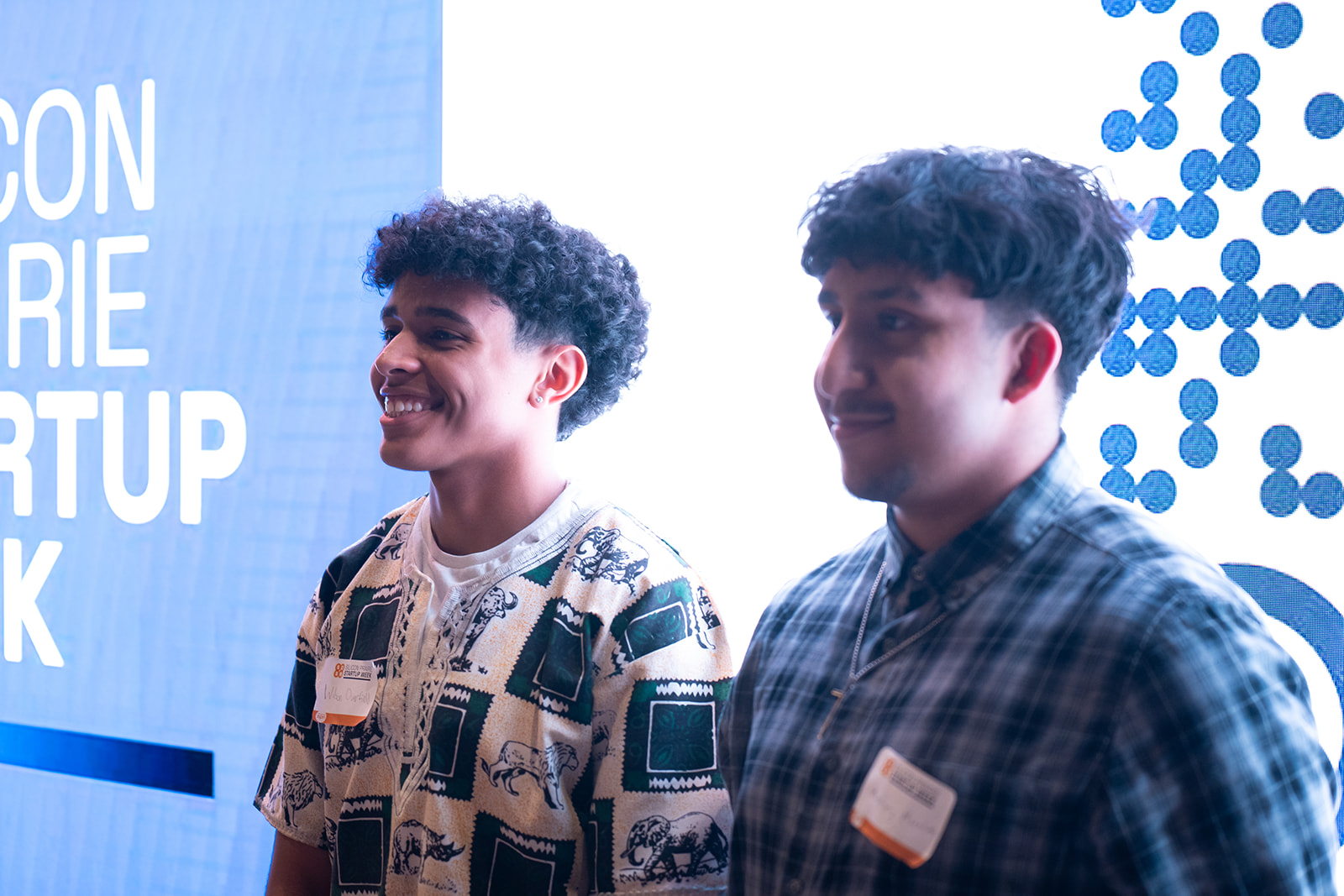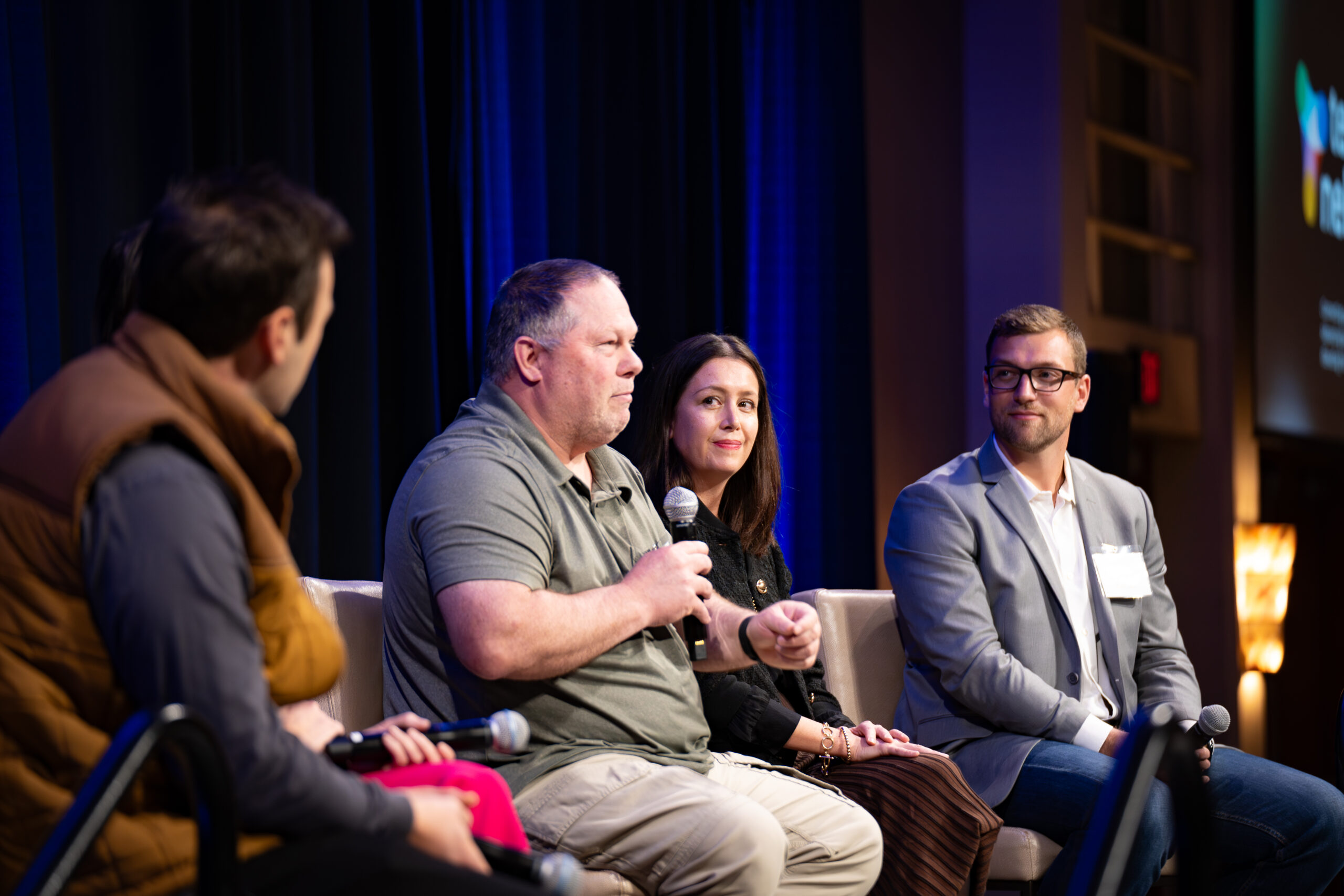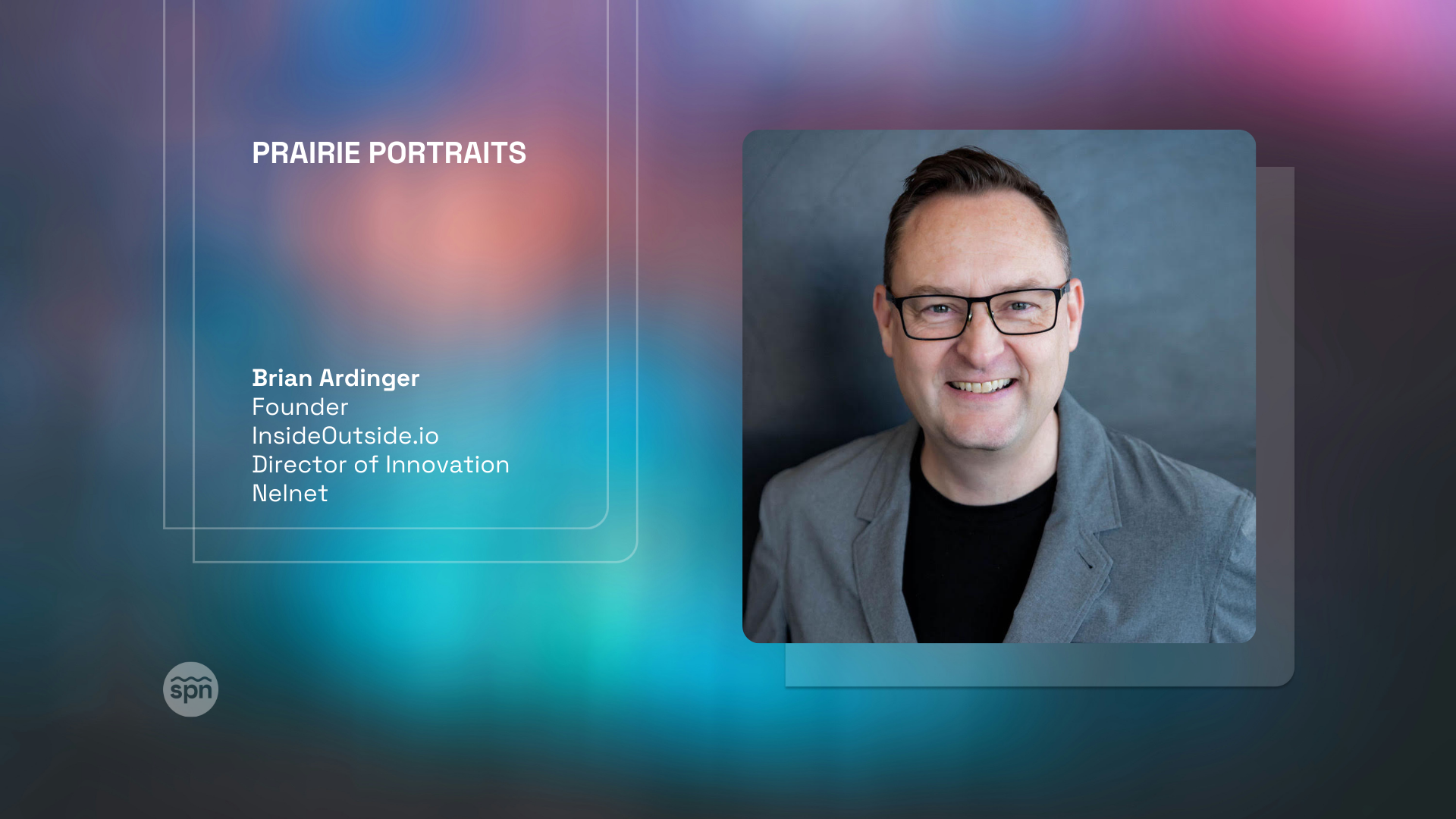Having spent significant time with Omaha founder, Candace Kalasky, the process of building good wedding planning software opened my eyes to the complexities presented by “the big day”.
Ms. Kalasky started her first business, Lovestruck Events (www.lovestruckevents.co) in 2011. It started humbly as a way to help friends with their weddings. According to Kalasky, this is how many of her fellow wedding planners start out – by simply being organized and helpful to their friends, often the bride. The industry is dominated by many women entrepreneurs that become overwhelmed with the logistics and constant stress of weddings – causing significant burn out. Seeing this happen to herself and to others, Ms. Kalasky decided to start Margot. Margot is a software-as-a-service company that focuses on organizing the wedding planner’s process and administration.
Kalasky has exactly the right background to take on this type of task. She went to the University of Nebraska, attending the Raikes School, which has a reputation for building both entrepreneurs and technologies (including many at Don’t Panic Labs and Hudl). In fact, she met her software developer husband, Rich, at Raikes. Following her experience at the University of Nebraska, Ms. Kalasky went and worked at Swanson Russell an advertising and marketing company with significant market presence in Lincoln, Nebraska.
During this early part of her career, she planned her own wedding. And she really enjoyed it. In fact, she said that she still really enjoys planning weddings – particularly the design and technical aspects of weddings. Over time, her Lovestruck business evolved to focus on high end weddings in the region. She is renowned for helping brides and grooms from the region with destination-based weddings in Aspen as well as special weddings at country estates.

Candace started the business with her sister, Lindsay, and is proud of what she and her sister have built in Lovestruck. She credited Lindsey with being the “super compassionate, empathetic one” – whereas she is the technician. She thinks that there is a need for both types of people in the process – but that many wedding planners don’t have a right-hand person who can balance their own desires and personal expertise. As she said, “we were lucky to have developed a well-balanced team by birth. And we lean on each other’s strengths all the time. Together this has allowed us to build a team that cares for ourselves and our clients.”
As she described these events, she said, “Every client is different and every wedding should be different.” The key tenet for her is the ability to take the essence of the couple and turn it into an experience that echoes that essence through the design and experience for the couple, their parents, families, and guests. For example, she described one bride whose father flew helicopters for a hobby, and he really wanted to escort his daughter down the aisle in a helicopter. So, Ms. Kalasky and her team built an experience around that unique interest. And she said the execution was both amazing – but also extremely special to the family.
This also reveals one of the primary complications that drew Ms. Kalasky back to software. Weddings are not just for the bride and groom. They often are culminations of families and relationships that involve many different people. This means that the planning experience often is burdened by different timelines, multiple decision makers, and many vendors.
Most wedding planners have jury rigged software together – blending project management software with task management software with payment tools with homemade workflows. There really is not a good one-stop solution that is flexible enough to be built for every unique wedding, but strong enough to manage the multi-dimensions of planning a big event.
Thus, Ms. Kalasky is building Margot. Margot provides tools that are not unique to wedding planning, but are built uniquely for wedding planning. So, for example, Margot has tools that are used for managing tasks. In the past Kalasky has used tools such as Asana for task management. The challenge she faced was that there were often many tasks that were being done by multiple parties. For example, renting tuxedos involve lots of people being measured for tuxedos. However, the groomsmen and ushers do not need to be involved in any major planning discussions. Thus, the task management needed to be flexible to include individuals who were responsible for a specific task, but strong robust enough to handle communications, transparency of tasks being done, and a high level view of the entire process for the planner and the client.
Keeping transparency for the couple (and often their parents), was a critical component that was lacking for weddings. As Ms. Kalasky stated, “The experience is really similar to being a general contractor. But, instead of having a couple of sub-contractors that the contractor is paying, there are multiple people who are hiring and reviewing work and making payments. Often its not just the client but their parents. So, you have lots of moving pieces. Add to that the emotion of the planning process and the built-in expectation of the day. And, you get something that is really hard to manage and needs better, more specific software tools that can help provide transparency and understanding to the clients.”
Kalasky saw a need to tie-in vendor management and payments to this task management effort. These vendors were essential to the process. But, unlike general contracting, each is essentially providing services to the couple directly while being managed by Kalasky and her team. This needed a more flexible solution than was available. Specifically, there needed to be a way to understand how changes were being accounted for both in physical form and financially.
So, Margot and its tools help organize the process and ensure that the result is something that couple and family can remember with fondness rather than remember the stress. Alleviating anxiety is one of the key roles of the planner – so keeping them sane can have benefits across the wedding party.

Ms. Kalasky saw the need for the software because of her own experience. And while some popular culture might denigrate wedding planners, not Ms. Kalasky – “Wedding planners are great, smart people but they might get bogged down and beaten down by the process.” One of the reasons that she thinks the software is so needed is the amount of stress and burnout carried by planners. Basically, over time, those that become long-term planners build their own processes and tools. This almost always involves cobbled together software.
Many planners, who are just starting, struggle because there is no certification, training, or formal guidance. Ms. Kalasky believes that Margot can step into that fray and be able to provide some form of structure to new wedding planners and those that are seeking to expand and scale. “If clients don’t know going into it, they know quickly how many decisions need to be made. Software helps wedding planners hold the hands of the clients. And, the software validates that the planner is serious, and they are caring for and ensuring that decisions are getting made well. But, it also provides transparency that tasks are being acted on and completed. The robust toolset in Margot signals to clients that [the planner] is credible and professional.”
Ms. Kalasky is launching Margot this spring and recently received a Nebraska prototyping grant for $60k. She will be building the software this winter with her development partner – Appsky. And she is excited to begin helping wedding planners use a tool built for (and by) wedding planning professionals.
If you would like more information about Margot – check them out at http://margotplanner.com.
